If you plan to sell, trade in, or give away your Mac computer, you should reset it to factory settings first. This will erase all your personal information, so the next user won’t be able to access it. Resetting your Mac can also speed the computer up and make it work like new. Here’s everything you need to know about how to reset your Mac computer, no matter what version of macOS you are running.
What to Do Before You Reset Your Mac:
Before resetting your Mac, you should back up all your important files. Then you should also deauthorize iTunes or the Music app, and log out of iCloud, Messages, and FaceTime. It is also recommended that you reset your P-RAM (or NVRAM) and unpair your Bluetooth devices.
- Back Up Data: When you reset a Mac to factory settings, it will erase all your files, apps, settings, profiles, and other information. So, it is important that you back up any important data on an external hard drive first.
Read More: How to back up your Mac with Time Machine
- Deauthorize iTunes/Music: You should deauthorize iTunes or the Music app to prevent anyone else from making purchases with your information. To do this, open your iTunes or Music app. From the menu bar at the top of your screen, click Account > Authorizations > Deauthorize This Computer. Then, enter your Apple ID and select Deauthorize.
Read More: How to Deauthorize a computer on iTunes or Apple Music
- Sign out of iCloud: If you don’t sign out of iCloud before resetting your Mac, future owners might be able to access your information on Find My, Notes, Contacts, and other features. To sign out on Ventura, click the Apple logo in the top-left corner of your screen and select System Settings. Then click your name and select Sign Out. To sign out on Monterey or earlier, click the Apple logo and select System Preferences. Then go to Apple ID > Overview and select Sign Out.
- Sign out Messages: To prevent future owners from seeing your messages, open the app and click Messages in the menu bar at the top of your screen. Then select Preferences and click the iMessage tab at the top of the window. Next, select your account and click Sign Out. Finally, select Sign Out again in the dialog box that appears. The process is similar to logging out of Facetime.
- Unpair Bluetooth devices: Go to System Preferences > Bluetooth. Then right-click or control-click the device you want to unpair and select Remove from the pop-up menu that appears.
- Reset P-RAM/ NVRAM: The Parameter Random Access Memory or the Non-Volatile Random Access Memory (for newer Macs) erases user settings and restores security defaults. To reset your PRAM/NVRAM, shut down your computer as you turn it on while holding down the Command + Option + P + R keys on your keyboard at the same time. Release after about 20 seconds. If your Mac has a startup sound, release the keys once you hear this sound. If you have a Mac with the Apple T2 security chip, release the keys after the Apple logo appears and disappears twice.
It’s also important to find out which operating system (OS) your Mac is running. This will tell you which steps you need to take to reset your Mac. To do this, click the Apple logo in the top-left corner of your screen and select About This Mac. Then, look for the macOS version.
If you are running macOS 13, it will be Ventura. If you are running macOS 12, it will be Monterey. If you are running macOS 11 or earlier versions, you will need to reset your Mac using Recovery Mode.
Read More: How to update your Mac and what to do when it won’t update
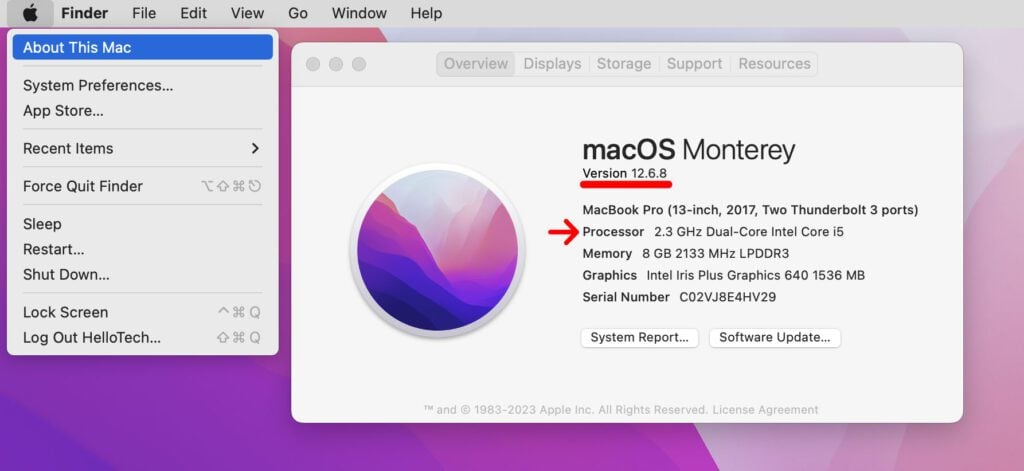
It is also important to look at the Processor or Chip. If your Mac has an M1 or M2 chip, you can use the new steps to reset your Mac. If, however, your Mac has Intel processors, you will have to reset your computer using Recovery Mode.
If you need help resetting your Mac, backing up your data, or setting up a new computer, HelloTech is here to help. We can send a hand-selected expert to your home as soon as today to troubleshoot any computer or printer issues. Our friendly technicians are also here to help you over the phone 24/7 by calling 1-844-986-4945.
How to Factory Reset a Mac Running macOS Monterey
To reset a Mac that is running macOS Monterey, click the Apple logo in the top-left corner of your screen and select System Settings. Then go to General > Transfer or Reset > Erase All Content and Settings. Finally, follow the on-screen instructions and shut down after your computer restarts.
- Click the Apple logo in the top-left corner of your Mac’s screen.
- Then select System Settings.
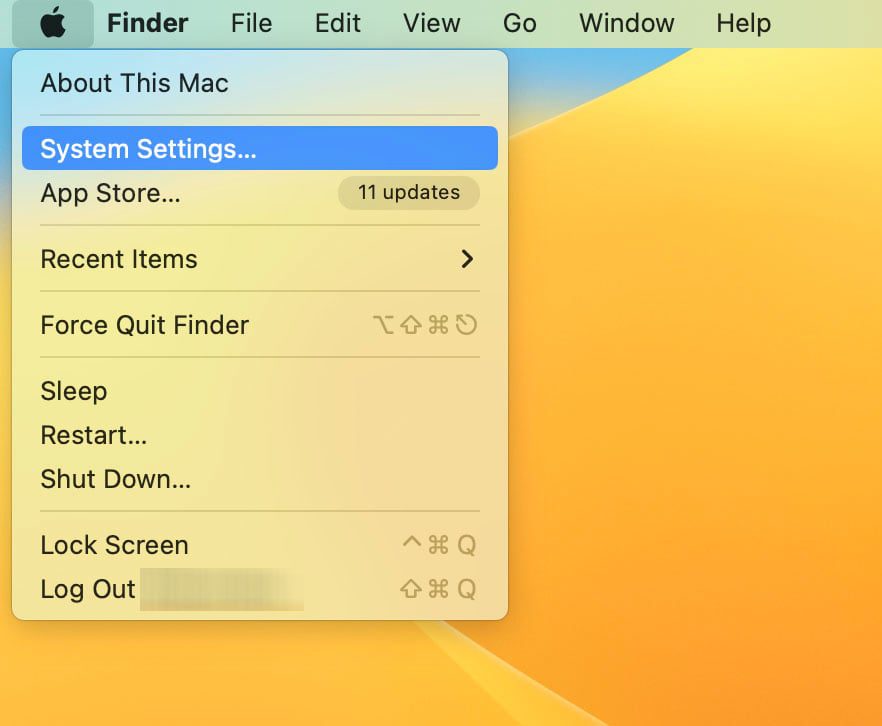
- Next, go to General. You will see this in the left sidebar of the Settings window.
- Then click Transfer or Reset.

- Next, click Erase All Content and Settings.

- Then click Continue.
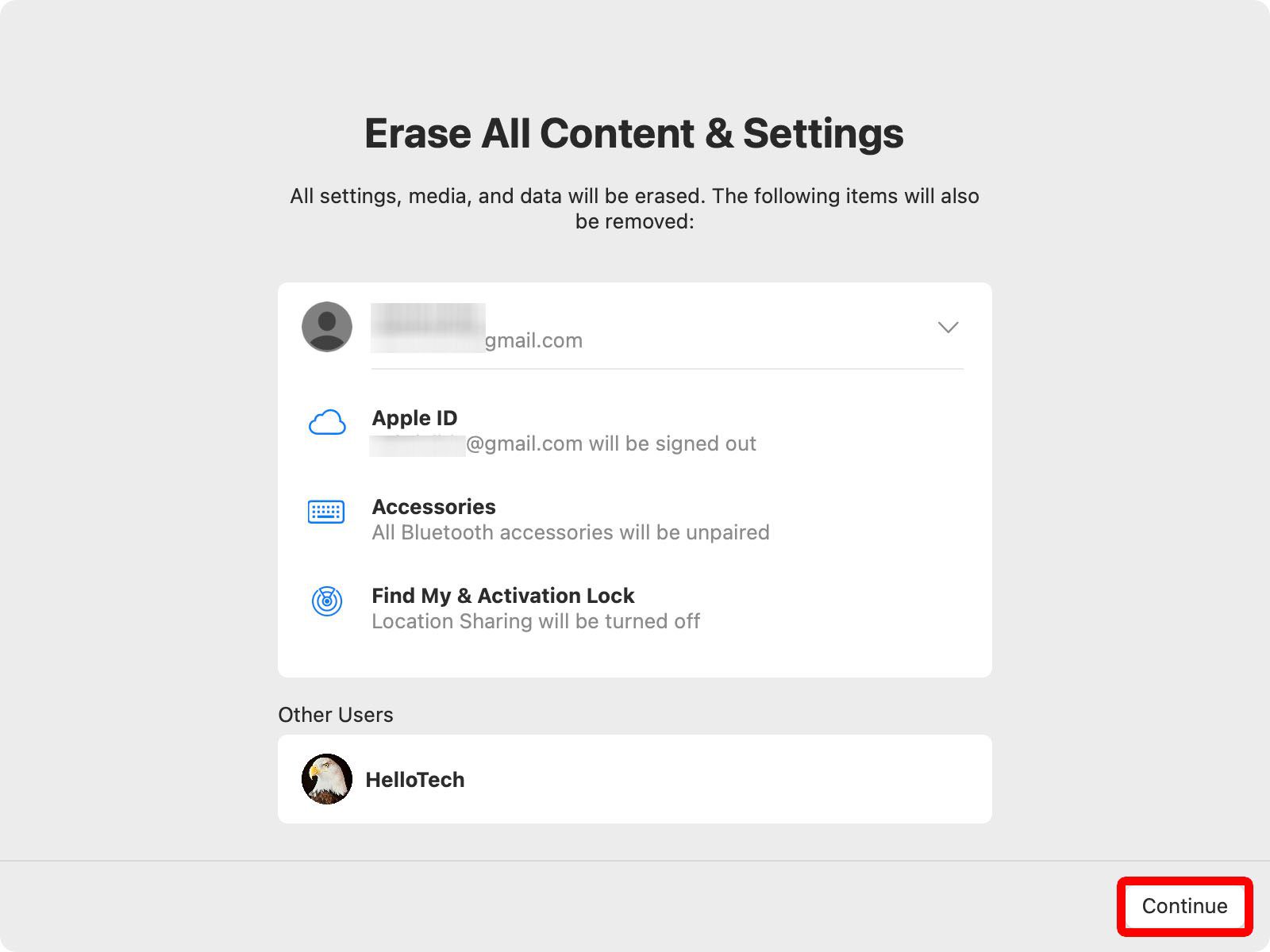
- Next, enter your admin credentials. This is the same username and password you use to sign into your Mac. If you don’t know your admin password, you can click the Apple logo in the top-left corner of your screen and go to System Preferences or System Settings. Then select Users & Groups and click Change Password.
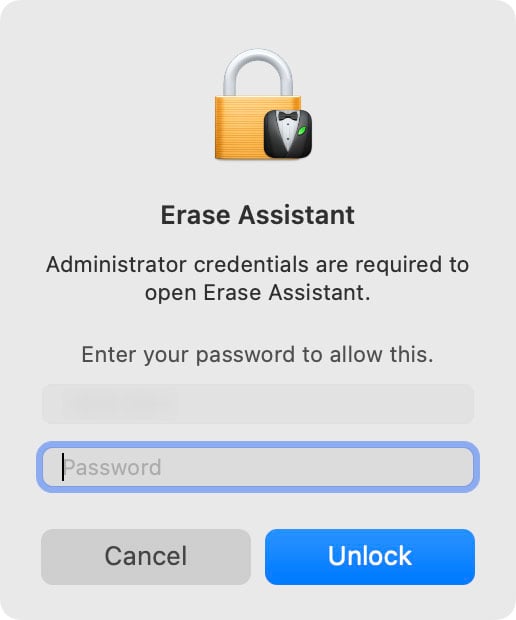
- Then, enter your Apple password and click Continue. This is not the same as the password you use to log into your computer. If you don’t know your Apple ID password, you can go to icloud.com and select Forgot Apple ID or password.

- Next, click Erase All Content & Settings.

- Then, wait for your computer to restart. You will see the Apple logo with a progress bar.
- Finally, click the Apple logo and select Shut Down. You can also shut your computer down manually by pressing the Power button once you see the activation screen.
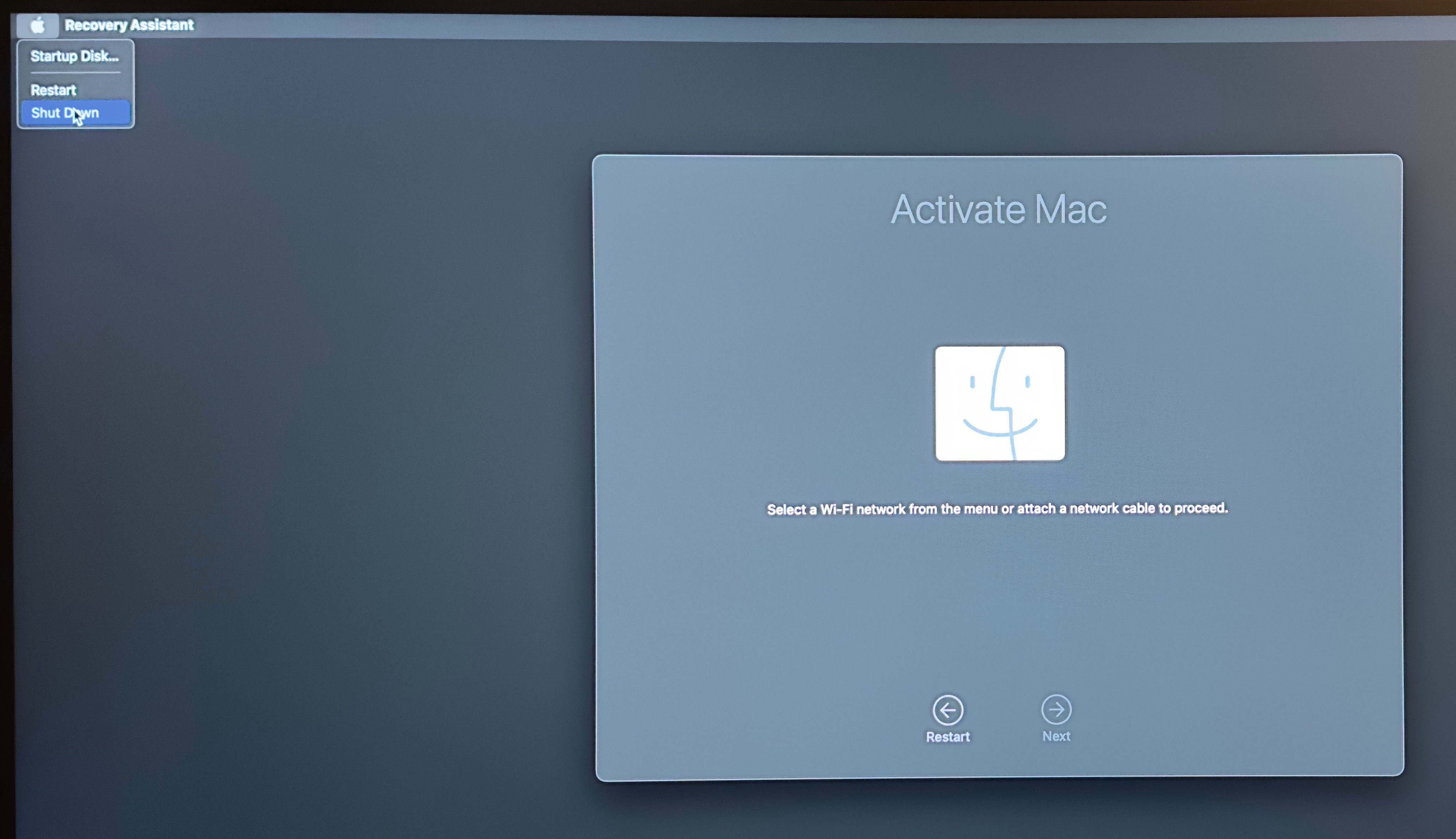
If you choose to activate your Mac, it will ask you to enter your Apple ID and choose which settings you want to use. So, it is best to turn the computer off at this point so the next user can set up the Mac with their personal information.
How to Factory Reset a Mac Running macOS Ventura
To reset a Mac running macOS Ventura, click the Apple logo in the top-left corner of your screen and select System Preferences. Then click System Preferences from the Apple menu bar and select Erase All Content and Settings. Finally, follow the on-screen instructions and restart your computer.
- Click the Apple logo in the top-left corner of your Mac’s screen.
- Then select System Preferences.
- Next, click System Preferences in the menu bar. You will see this in the top-left corner of your screen, next to the Apple logo.
- Then select Erase All Content and Settings.

- Next, enter your login credentials. This is the same username and password you use to sign in to your Mac.
- Then, enter your Apple password and click Continue. You will need to enter your Apple ID password in order to sign out of iCloud.
- Next, click Erase All Content & Settings.
- Then, wait for your computer to restart. You will see the Apple logo with a progress bar.
- Finally, shut your Mac down by pressing the power button.
How to Factory Reset a Mac Using Recovery Mode
To reset your Mac, first restart your computer. Then press and hold Command + R until you see the Apple logo. Next, go to Disk Utility > View > View all devices, and choose the top drive. Next, click Erase, fill out the required details, and hit Erase again. Finally, exit Disk Utility, then reinstall your macOS.
- Restart your Mac. You can do this by clicking the Apple icon in the top-left corner of your screen and selecting Restart.
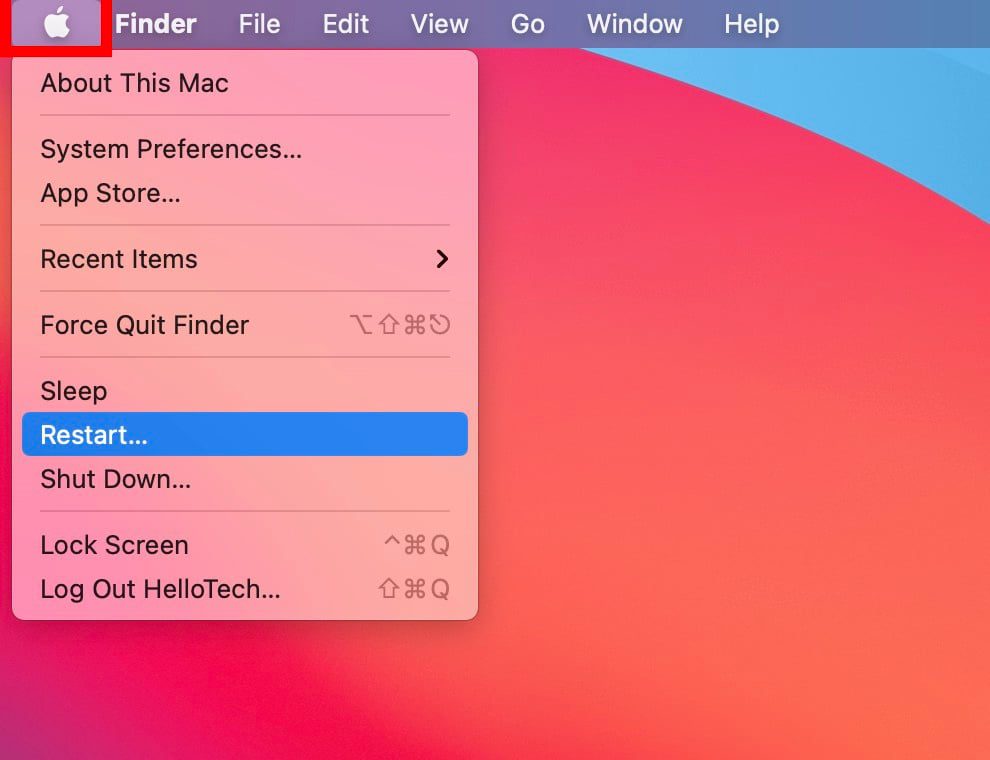
- Then press and hold the Command + R keys until you see the Apple logo appear.

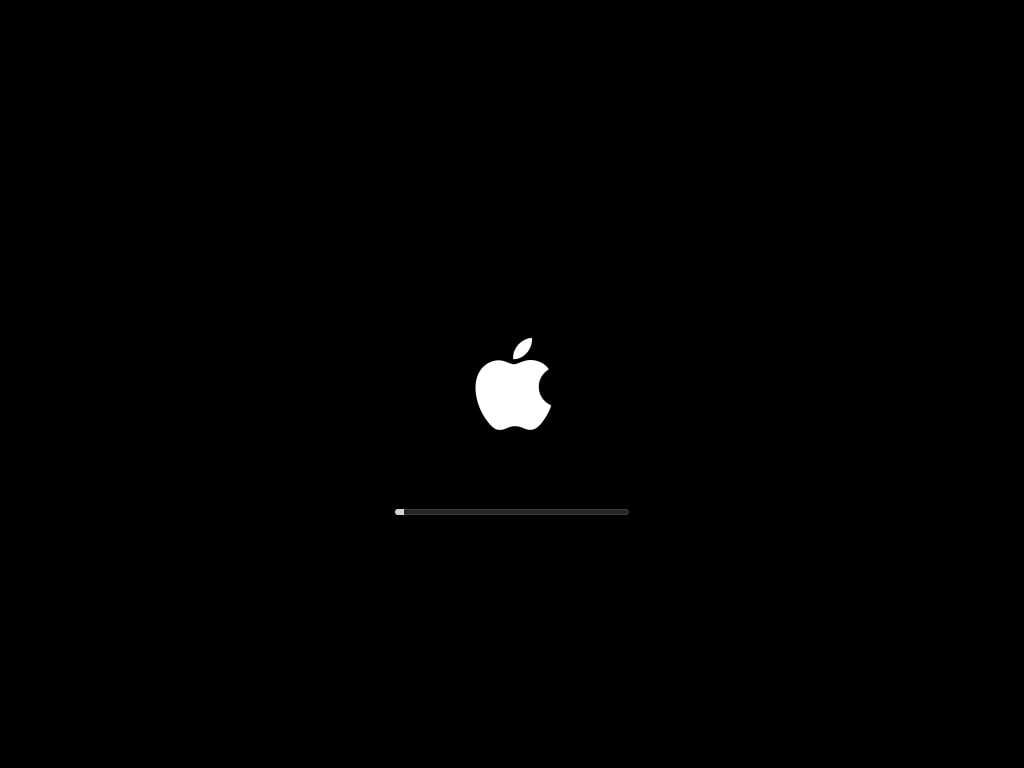
- Next, select Disk Utility.
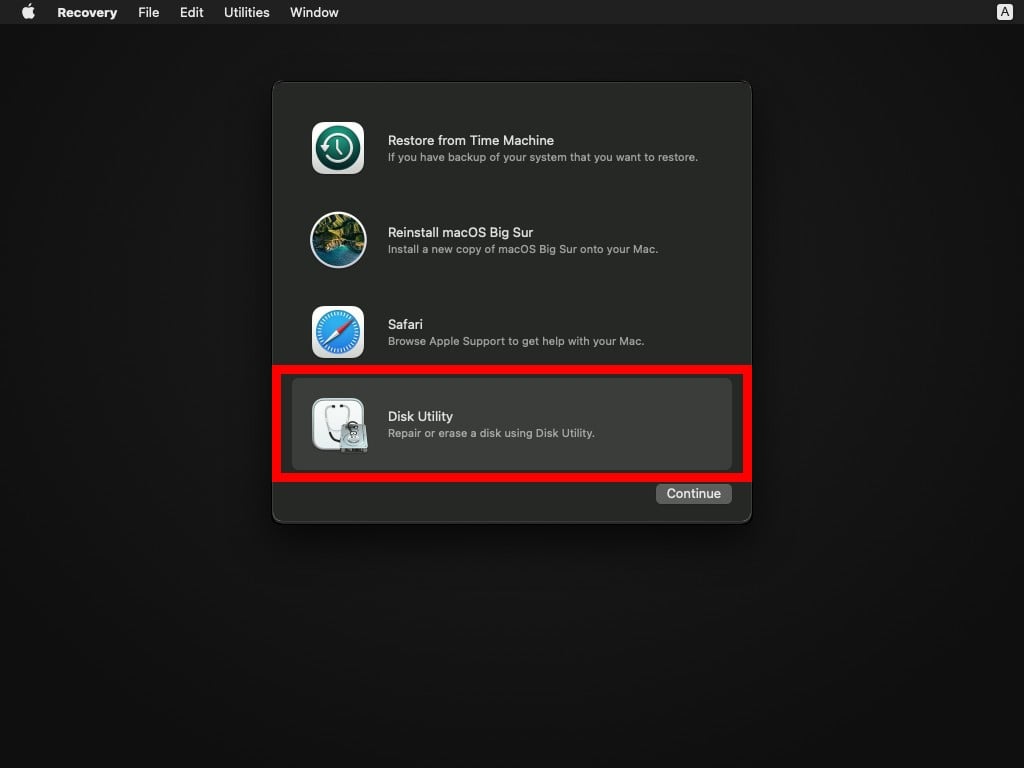
- Then select Continue.
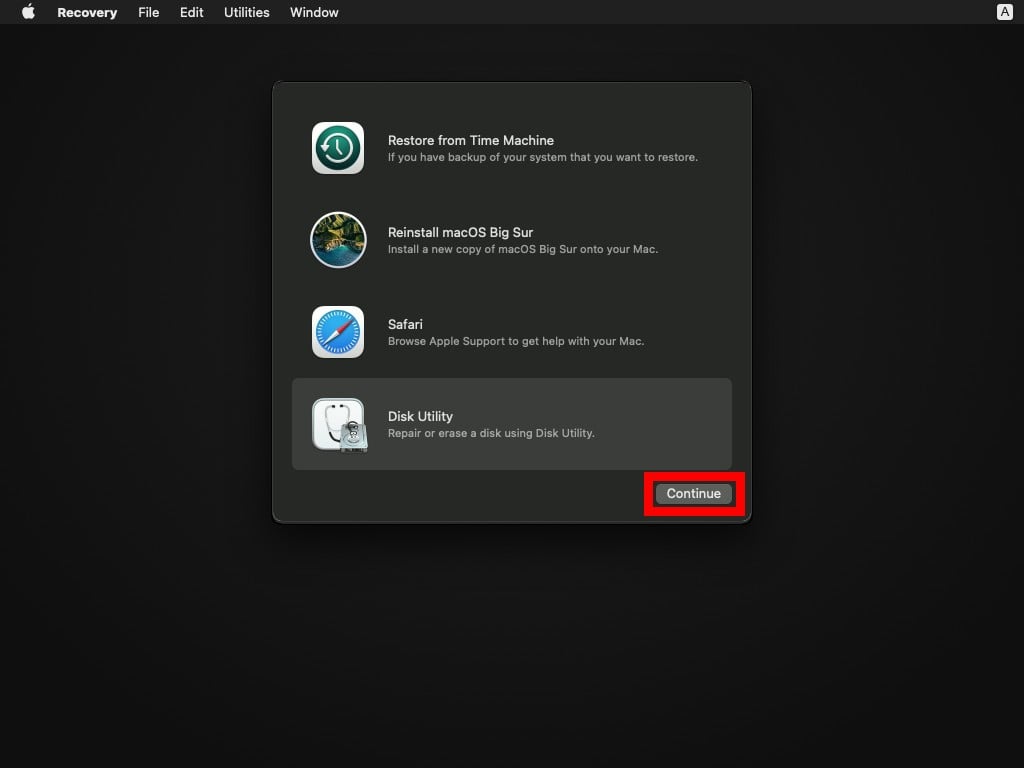
- In the Disk Utility window, click View.
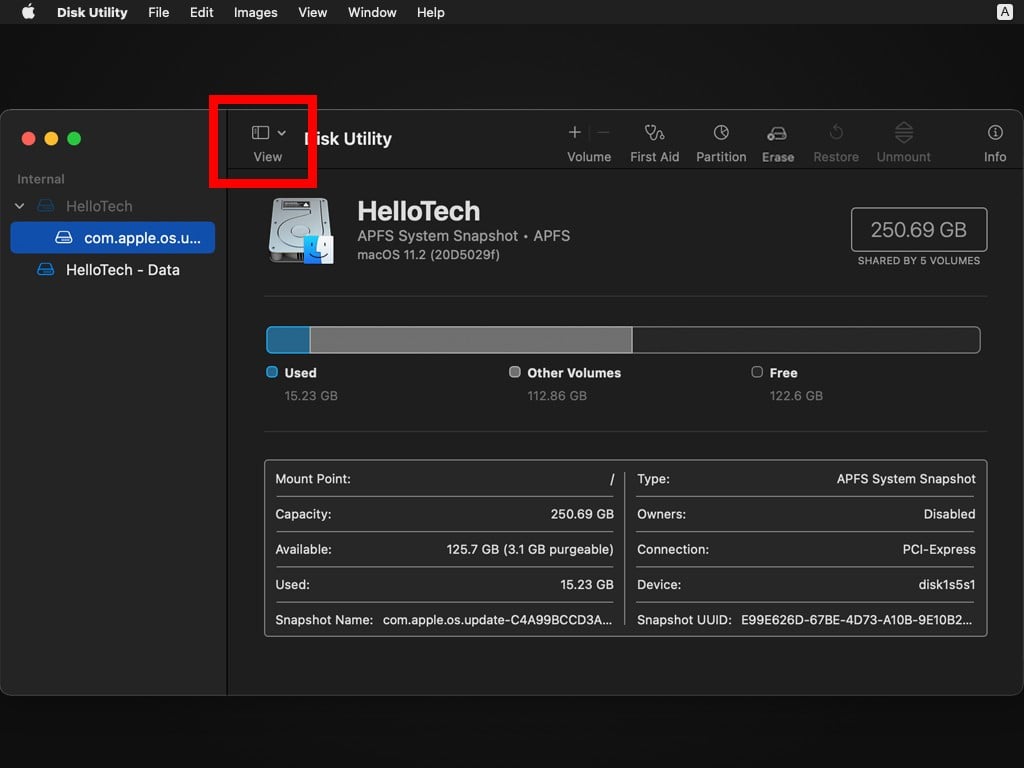
- Then select Show All Devices. You will see the View button in the top-left corner of the window. Once you click it, a drop-down menu will appear.
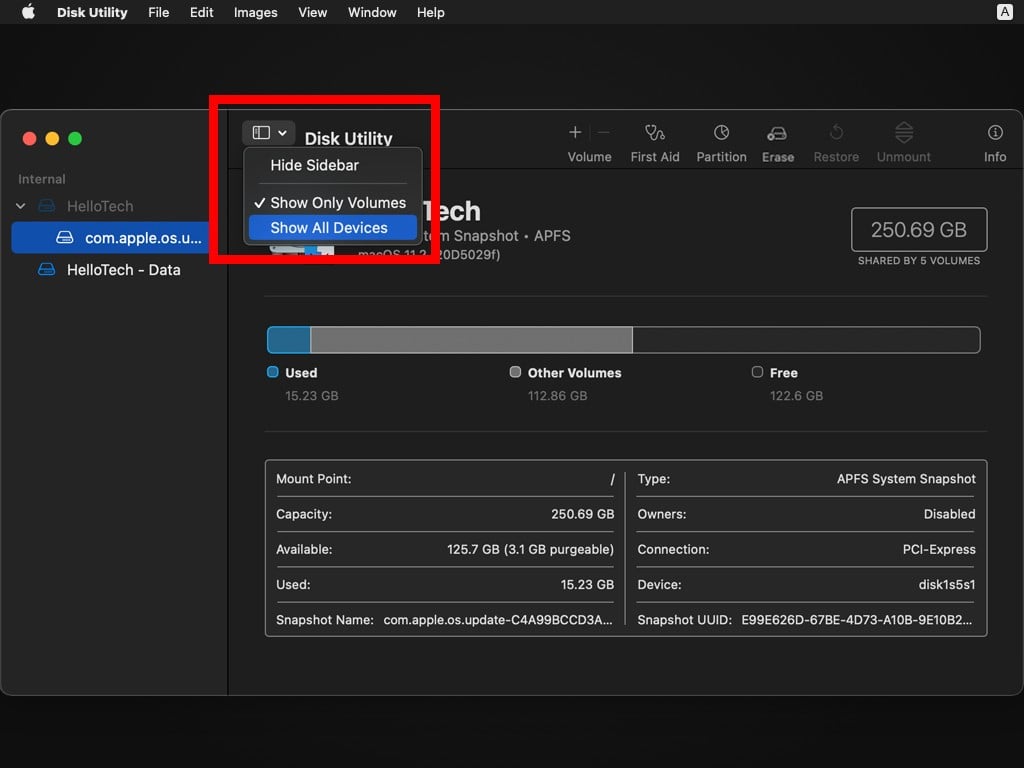
- Select the drive you want to erase. In most cases, you want to delete the whole disk, which is the highest option on the Internal list. This will ensure that you delete all your old data so you can install the Mac operating system (macOS) on a clean drive.

- Then click Erase. This is the button located at the top of the Disk Utility window.
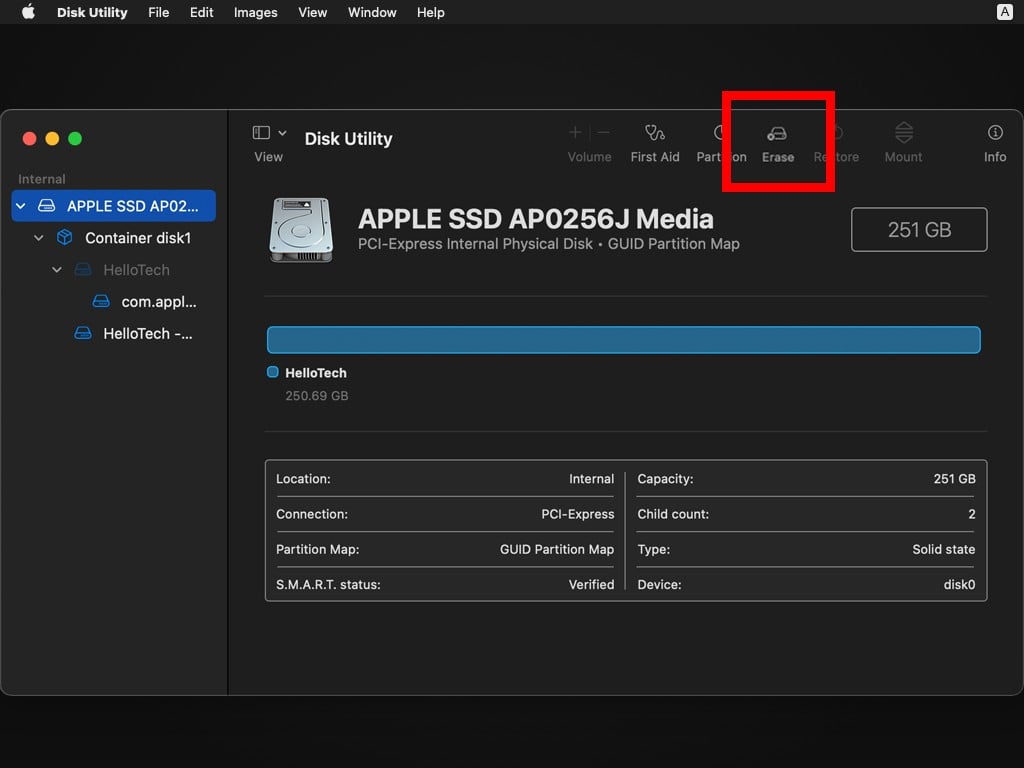
- Next, enter a name for your Mac and select your format and scheme.
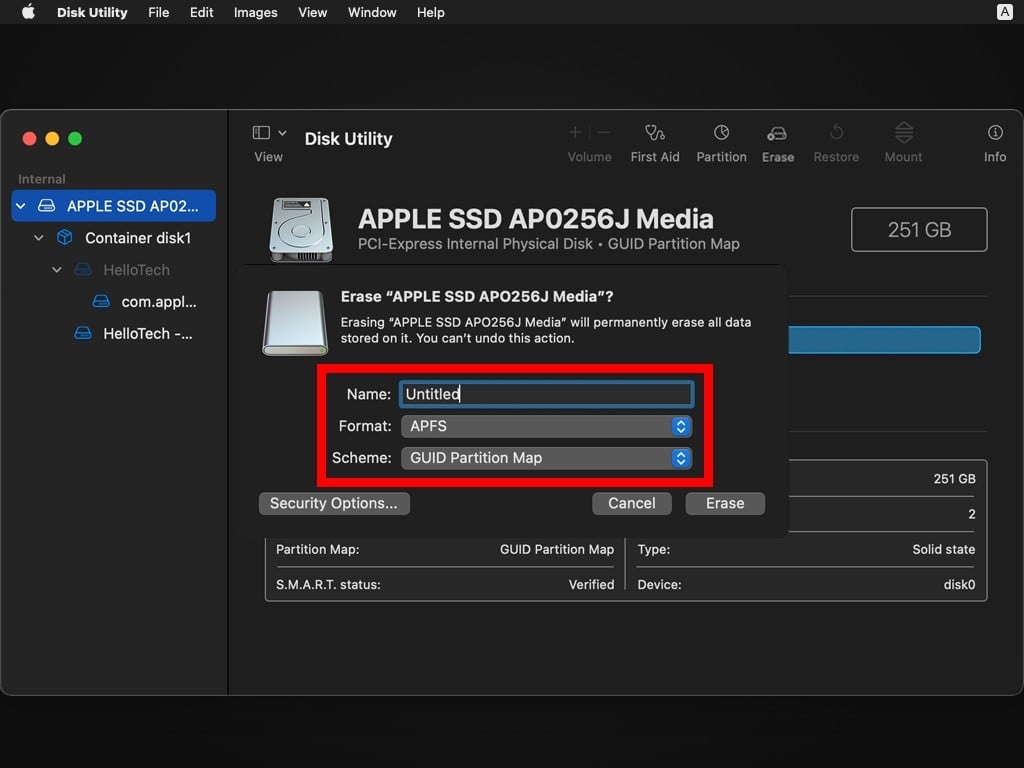
Name: You can choose any name you want, but it is recommended that you don’t use any personal information because there’s a chance that other people will be able to see your drive’s name when you are connected to the same network.
Format: You can choose either APFS (Apple File System) or macOS Extended (Journaled). The Disk Utility will show the compatible format by default. However, if you want to double-check the current format of the volume, click on the lowest option on the Internal tree (usually called Mac HD). On the right, you should see “Type.” If the built-in disk came APFS-formatted, you should not reformat it as Journaled. Most older computers will be Journaled, while most modern laptops that come with solid-state drives (SSDs) are APFS-formatted.
Scheme: If prompted, choose GUID Partition Map.
- Then click Erase. You will see this in the bottom-right corner of the pop-up window. If you see Erase Volume Group, click that instead. Take note that this is different from the Delete Volume Group option, which you should not click.

- Wait for the disk to be erased and click Done. This should only take a few minutes at most.

- Then click Disk Utility.
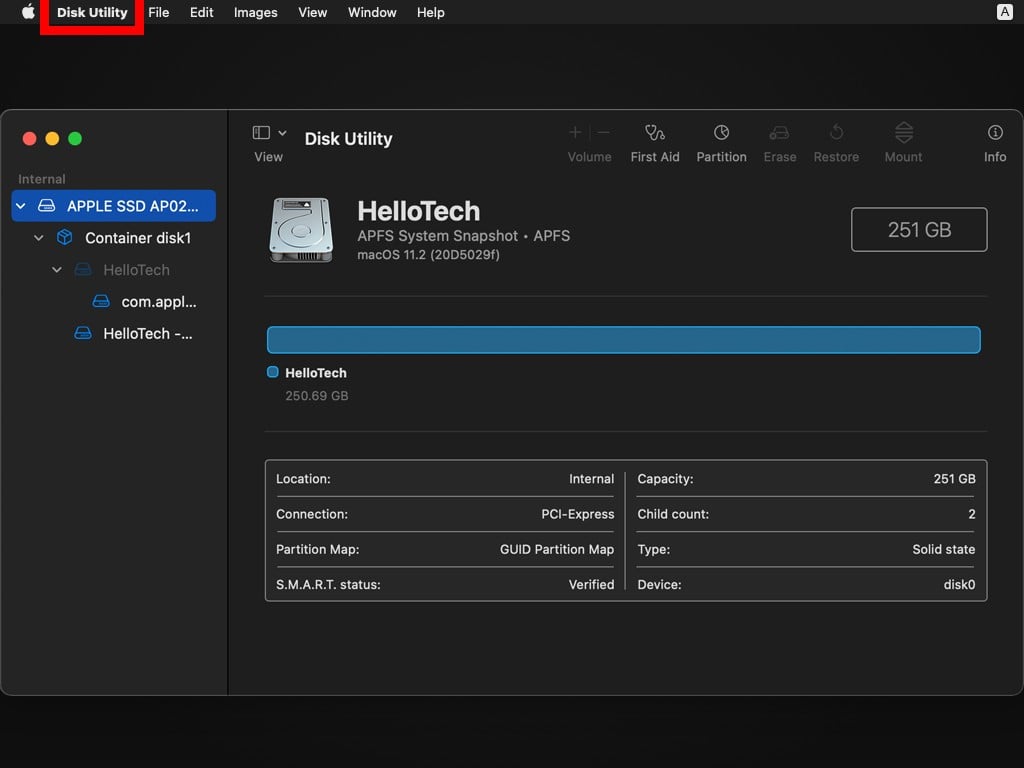
- Next, click Quit Disk Utility. You can also close Disk Utility by clicking the red button in the top-left corner of the window.
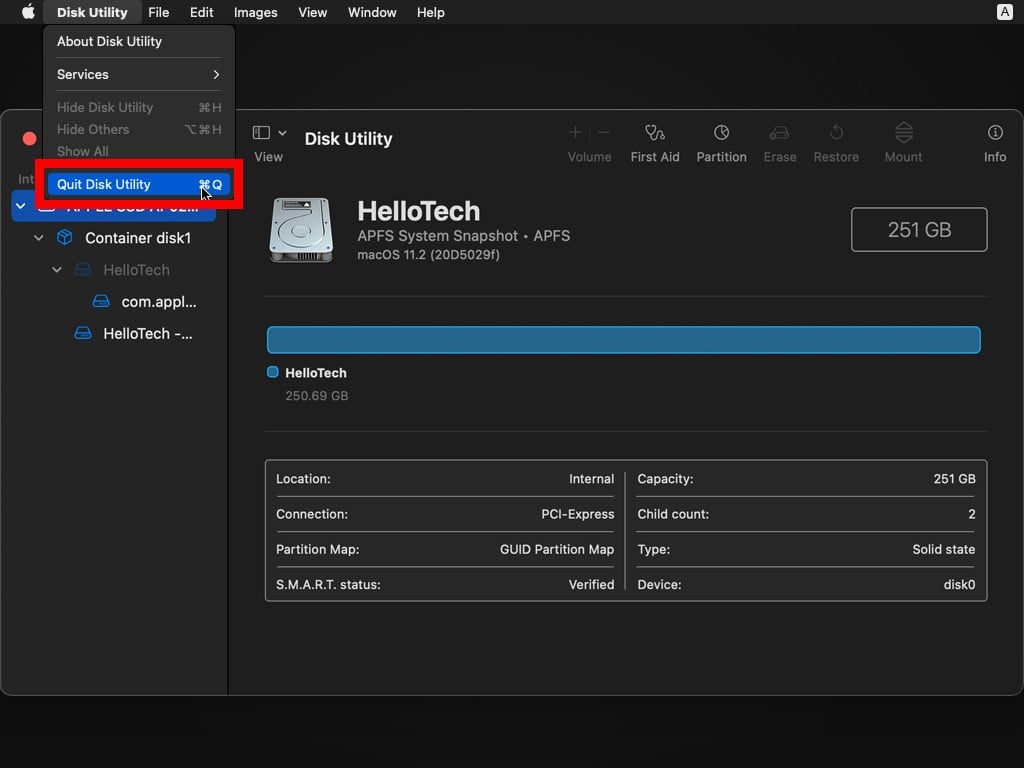
- Then select Reinstall macOS and click Continue.
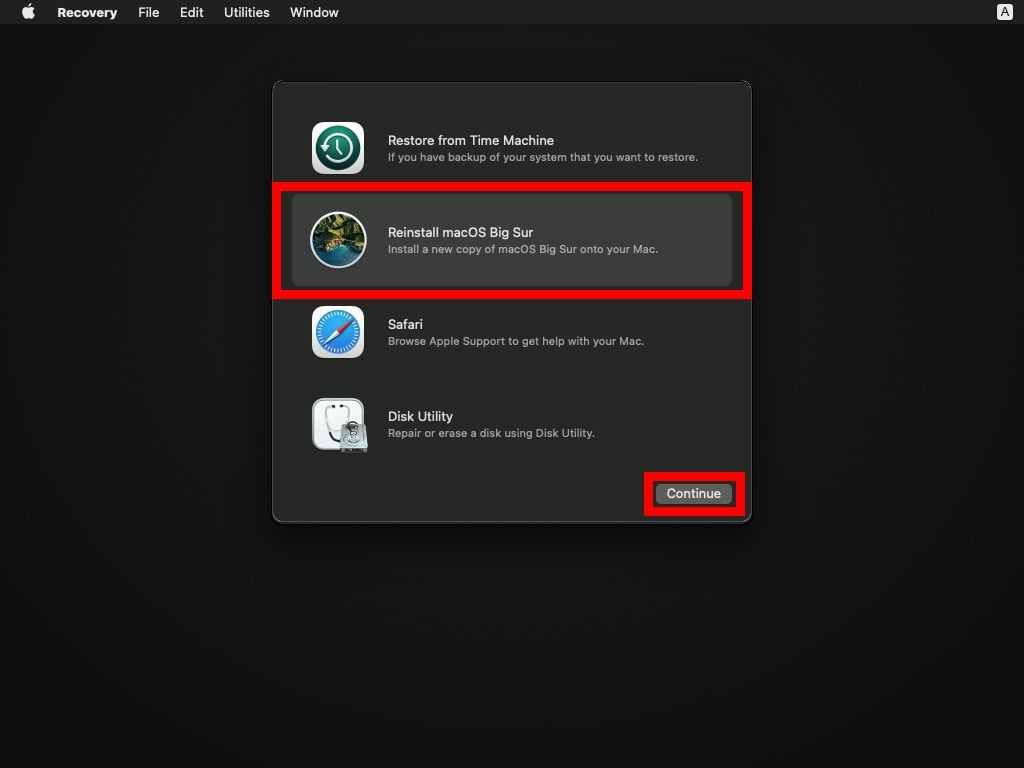
- Next, click Continue.

- Then click Agree.
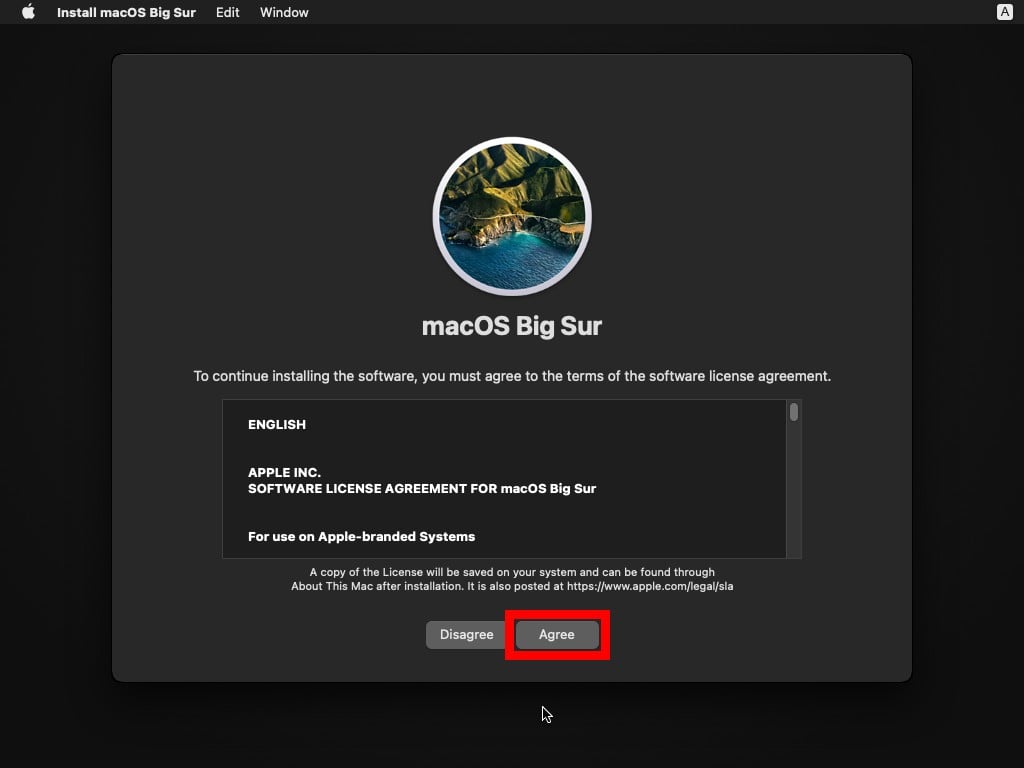
- Next, click Agree again.
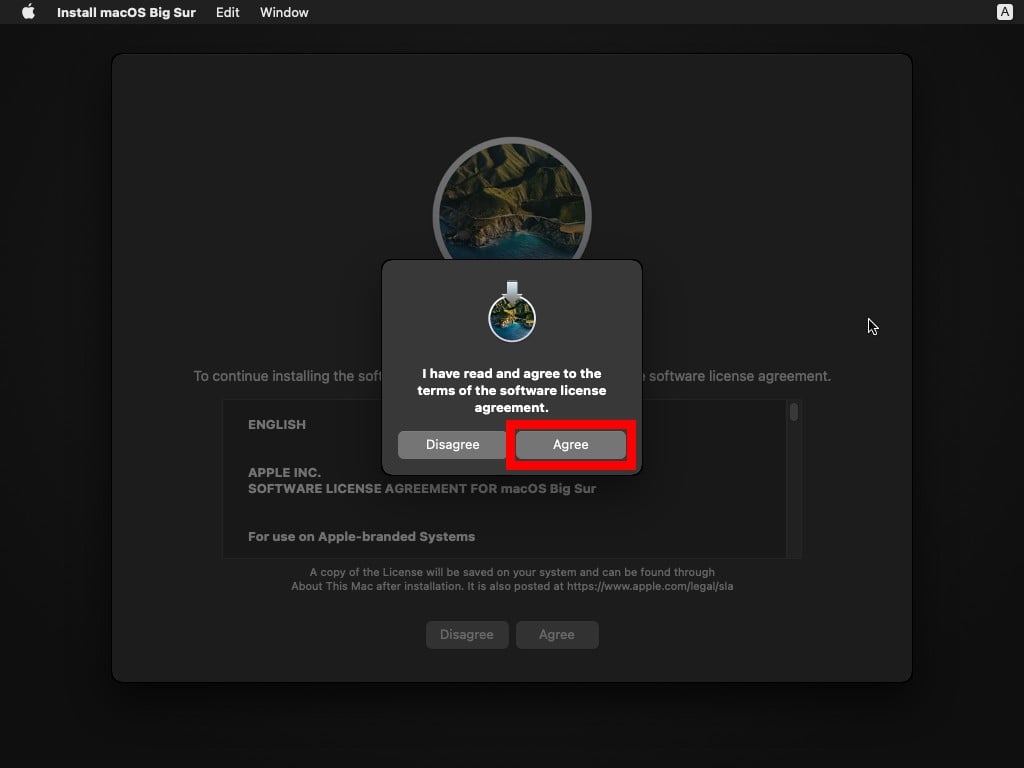
- Then select your boot disk. Your boot disk is your main drive, so make sure you don’t select an external hard drive.
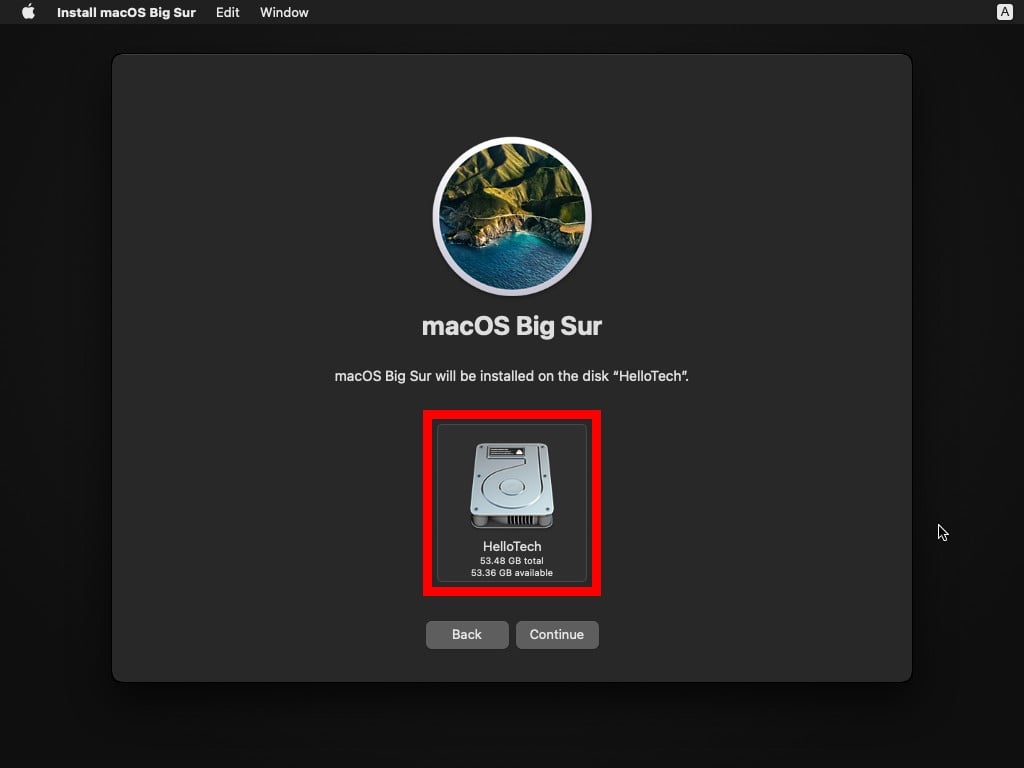
- Next, click Continue.
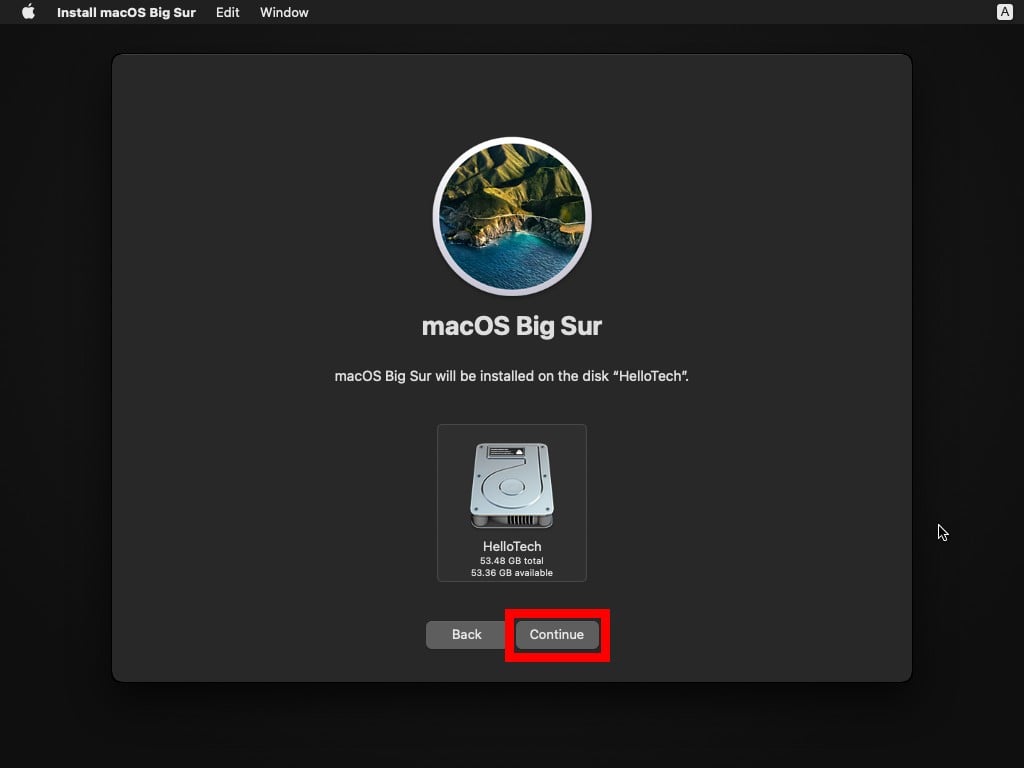
- Wait for the install process to complete. This might take several minutes to complete, depending on the speed of your computer and your internet connection.
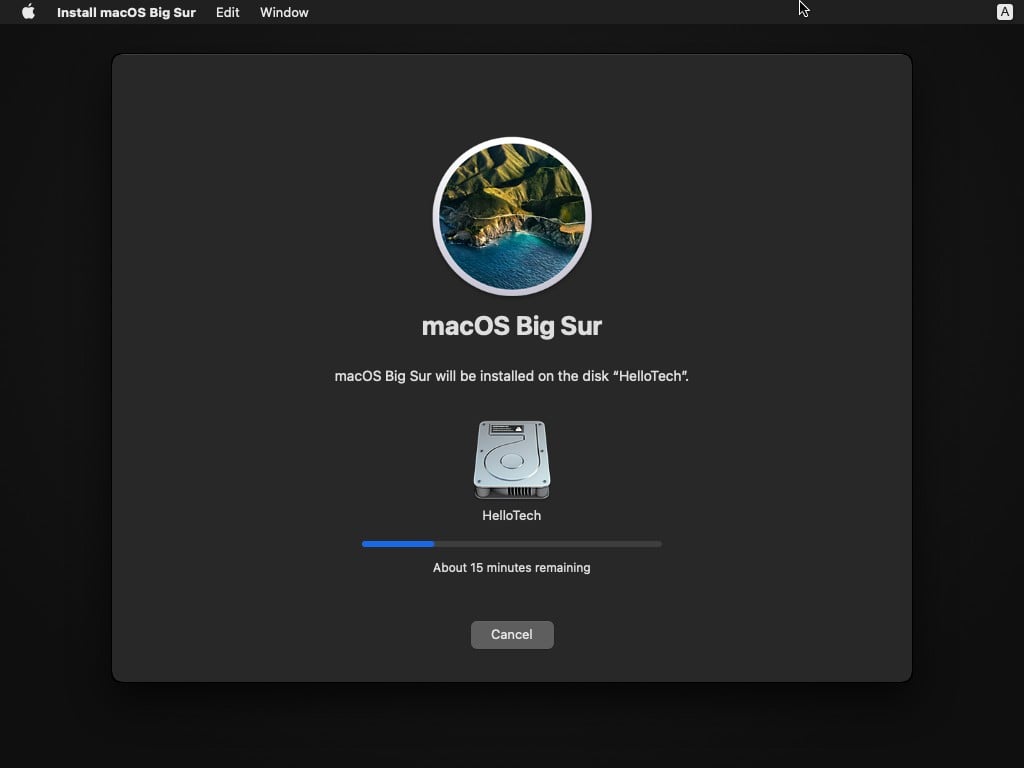
After the countdown ends, your Mac will restart, and another installation process will begin with a countdown timer. This installation will also take several minutes.

- Once the installation is complete, press the Command + Q keys on your keyboard at the same time. You will know the installation is complete when you see the screen that says, “Select Your Country or Region.” You can turn off your Mac computer at this point, so the next user can complete the setup process on their own.
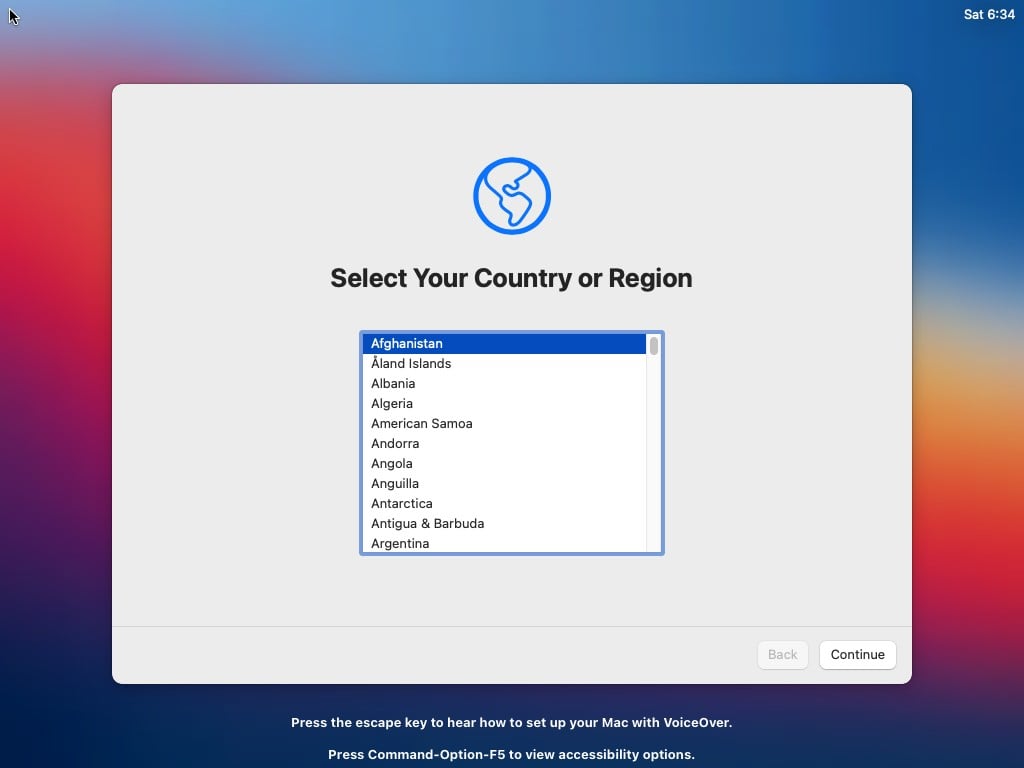
- Finally, click Shut Down.
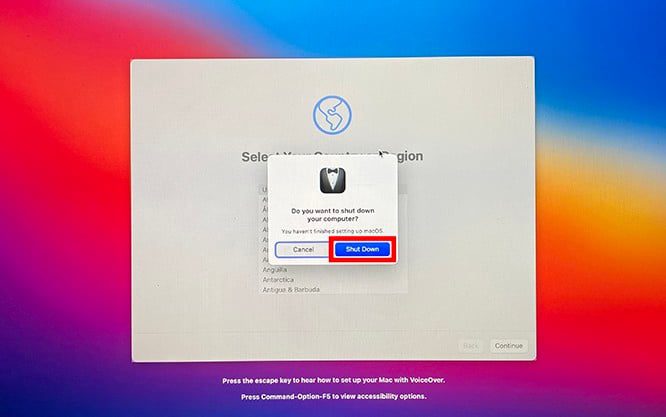
Once you are done, you can unplug the computer or close the laptop. Now, when you give your Mac to someone else, they will be able to start the setup process and enter their own settings and information.
If you plan on selling your Mac computer, check out how much you could get from Apple’s Trade In program here.
